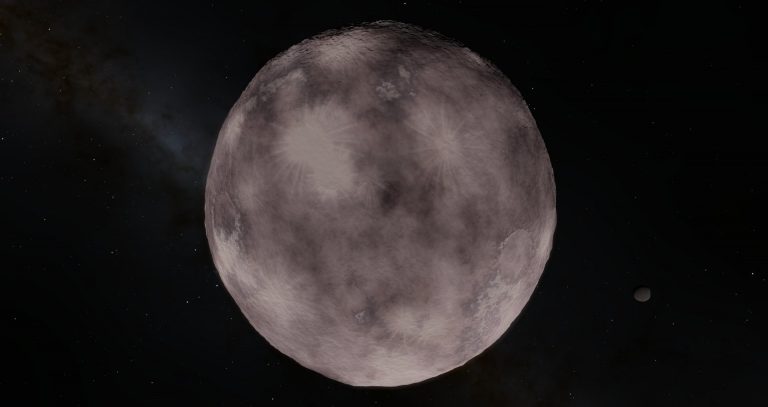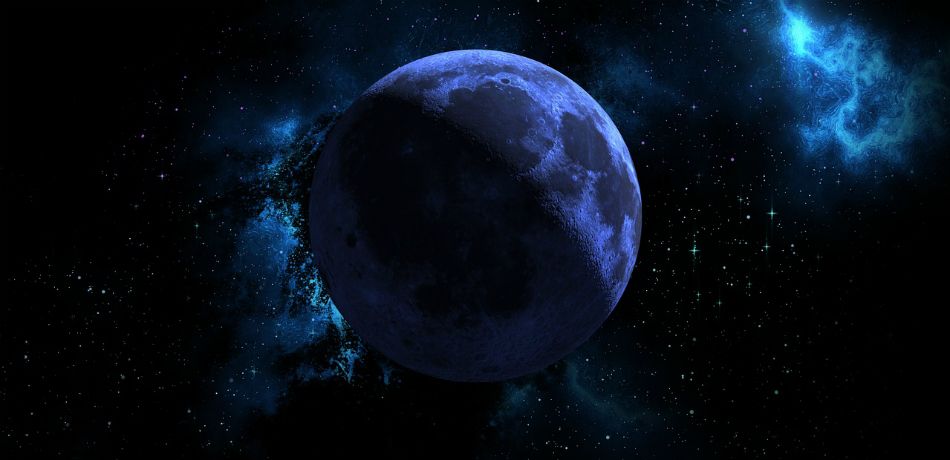This article originally appeared on anonews.co
Thousands upon thousands of exoplanets, of such varying shape, color, and size, it should boggle the mind, have been found all throughout the Universe by astronomers in recent decades. However, not all of them can really earn the name “Vulcan” like this one.
Orbiting around a star called 40 Eridani A, a very Earth-like exoplanet has been found and it greatly resembles the fictional location for the planet Vulcan in the series Star Trek, the place where Mr Spock came from.
The star is located about 16 light-years from the Earth, in the southern constellation of Eridanus. It’s part of an interesting triple-star system. Related literature proposed that this should be the location for the planet Vulcan.

Three astronomers from the Harvard-Smithsonian Center for Astrophysics wrote a letter in 1991, to Sky & Telescope magazine in order to lay out why they believe the planet would be located there.
“Star Trek 2 by James Blish and Star Trek Maps by Jeff Maynard and others name the star 40 Eridani as Vulcan’s sun. The Star Trek Spaceflight Chronology by Stan and Fred Goldstein cites Epsilon Eridani instead,” they wrote in a letter.
“We prefer the identification of 40 Eridani as Vulcan’s sun because of what we have learned about both stars at Mount Wilson … The HK observations suggest that 40 Eridani is 4 billion years old, about the same age as the Sun. In contrast, Epsilon Eridani is barely 1 billion years old.
“Based on the history of life on Earth, life on any planet around Epsilon Eridani would not have had time to evolve beyond the level of bacteria. On the other hand, an intelligent civilisation could have evolved over the aeons on a planet circling 40 Eridani. So the latter is the more likely Vulcan sun.”

In fact, Epsilon Eridani does have one planet, and it’s an uninhabitable gas giant. Now, something more habitable has been found orbiting 40 Eridani A, thanks to astronomers on the University of Florida-led Dharma Planet Survey.
To be precise, they refer to it as a “super-Earth.” That would be a rocky planet somewhere around twice the size of Earth. This super-Earth is orbiting its star just inside the habitable zone of the system, just barely not too cold and not too hot. Every 42 Earth days, it completes one orbit.
Life very well could exist on this planet.
“The orange-tinted HD 26965 [40 Eridani A] is only slightly cooler and slightly less massive than our Sun, is approximately the same age as our Sun, and has a 10.1-year magnetic cycle nearly identical to the Sun’s 11.6-year sunspot cycle,” Matthew Muterspaugh, an astronomer from Tennessee State University said.
“Therefore HD 26965 may be an ideal host star for an advanced civilisation.”

On Mount Lemmon in Arizona, the Dharma Planet Survey is using the 50-inch Dharma Endowment Foundation Telescope in a dedicated survey to find Earth-like, low-mass planets that orbit nearby bright stars.
So life on the planet isn’t unfeasible.
“The orange-tinted HD 26965 [40 Eridani A] is only slightly cooler and slightly less massive than our Sun, is approximately the same age as our Sun, and has a 10.1-year magnetic cycle nearly identical to the Sun’s 11.6-year sunspot cycle,” said astronomer Matthew Muterspaugh of Tennessee State University.
“Therefore HD 26965 may be an ideal host star for an advanced civilisation.”
The aim of the Dharma Planet Survey, using the 50-inch Dharma Endowment Foundation Telescope (DEFT) on Mount Lemmon in Arizona, is a dedicated survey to find low-mass planets orbiting bright, nearby stars.
It uses the radial velocity method – detecting the very slight wobble in a star’s position due to the gravitational pull of an exoplanet. The candidate exoplanet, named HD 26965b (but we’ll probably call it Vulcan, obviously), is the first super-Earth found in the survey.
According to Science Alert:
“It uses the radial velocity method – detecting the very slight wobble in a star’s position due to the gravitational pull of an exoplanet. The candidate exoplanet, named HD 26965b (but we’ll probably call it Vulcan, obviously), is the first super-Earth found in the survey.”
If you’re in the Southern Hemisphere, you just might be able to go take a look at it in the sky.
“This star can be seen with the naked eye, unlike the host stars of most of the known planets discovered to date,” said astronomer Bo Ma of the University of Florida.
“Now anyone can see 40 Eridani on a clear night and be proud to point out Spock’s home.”
The work was published in the Monthly Notices of the Royal Astronomical Society.






